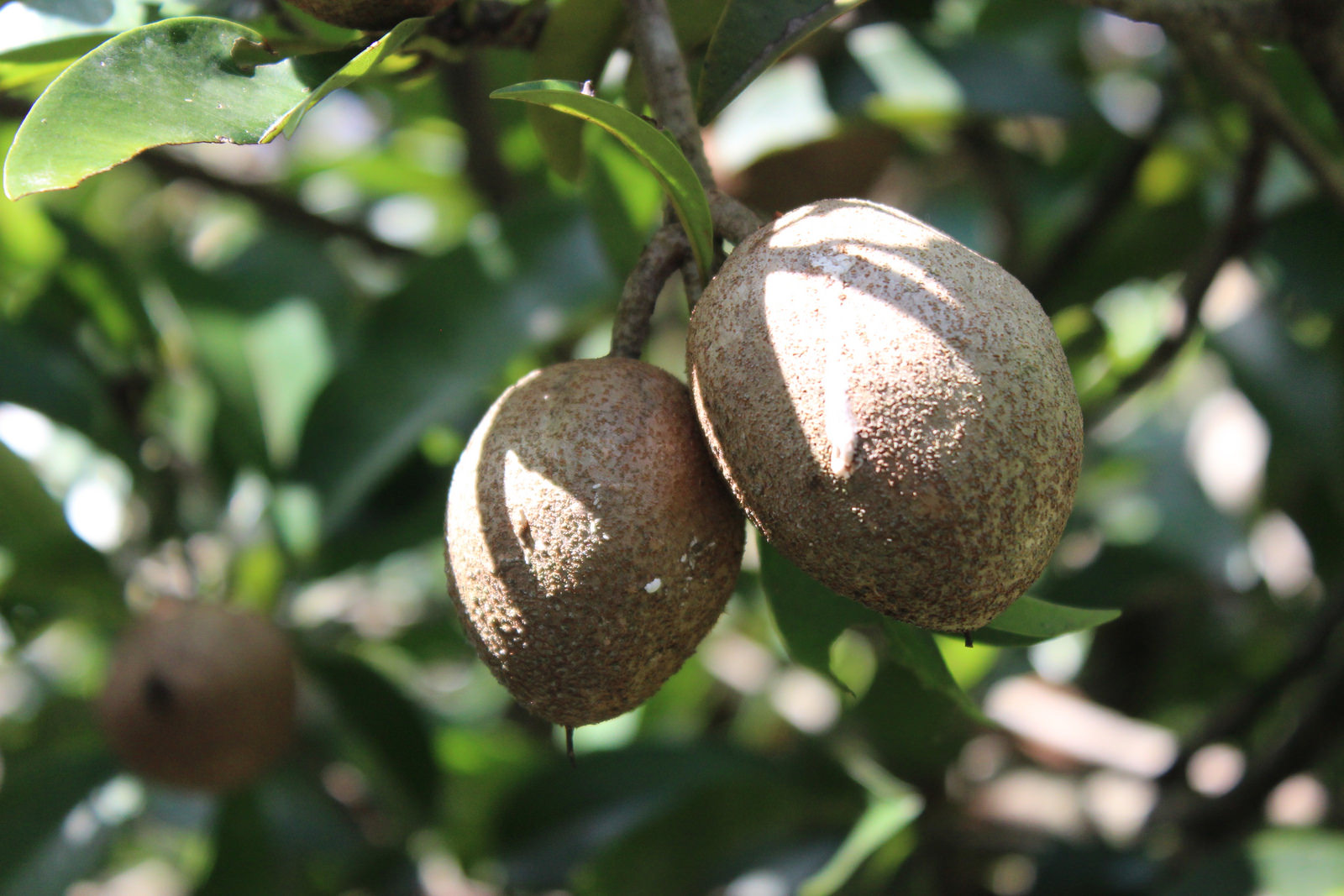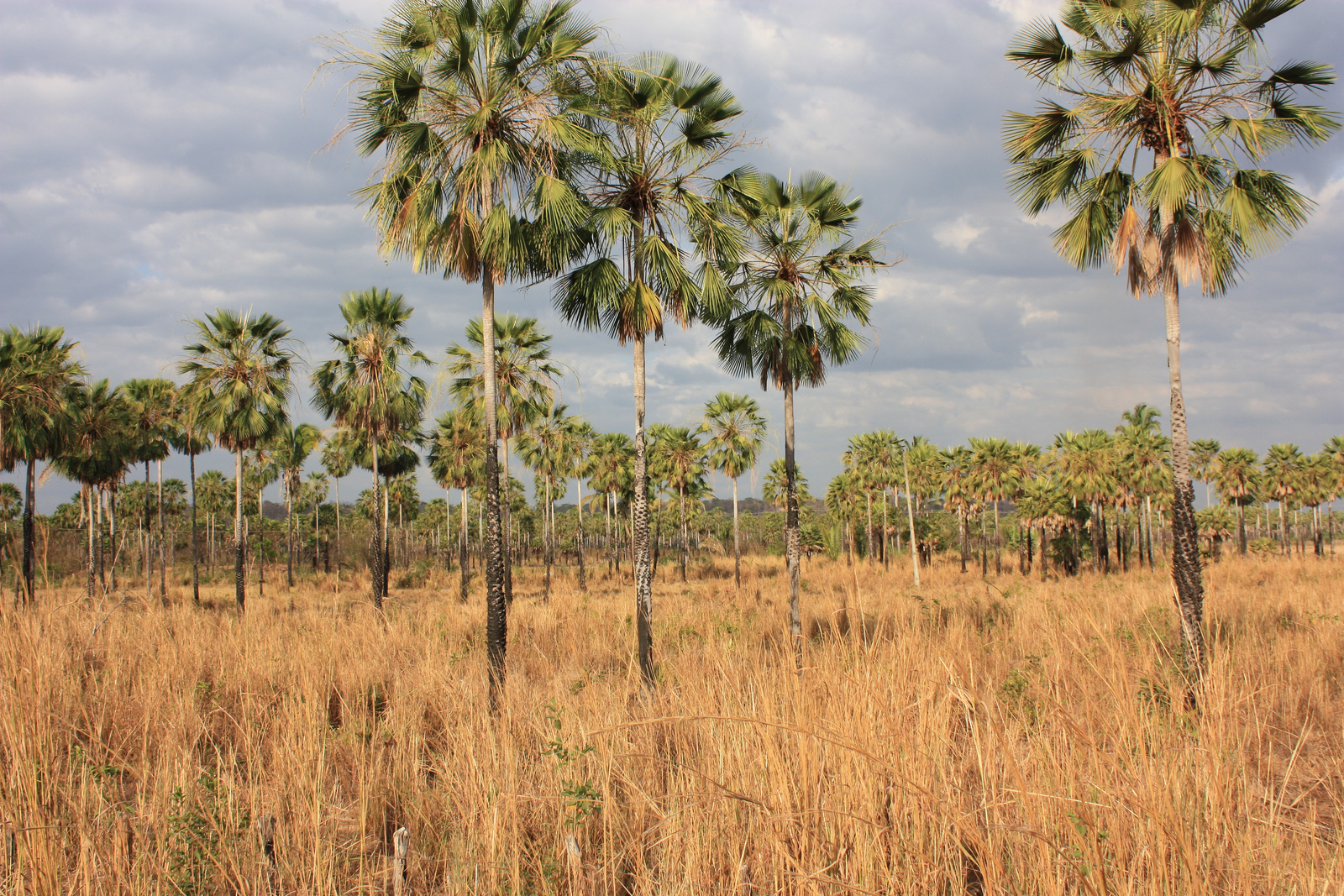By Austa Somvichian-Clausen, Communications Intern
We all know that trees supply us with some amazing resources, from the material resources — like wood which we use to create anything from furniture and wooden cabins, to printer paper and coffee cup sleeves — to the health, both mental and physical, and environmental resources and benefits provided by forests. But, trees actually provide us with many more useful everyday items than what you may realize. Some of these are products most people wouldn’t think originated from trees, which only further exemplifies the value of preserving our trees and forests!
*Are you enjoying this post? Consider supporting American Forests to help us continue our work to restore, and grow healthy and resilient forests and city canopies all over the country! And you get an award-winning magazine. Free!
1. Wine Corks
While opening up a bottle of pinot grigio or cabernet, have you ever stopped to think about where the cork comes from? Well, wine corks are actually made from the bark of the cork oak tree, which can be found mainly in Portugal and Spain. The tree bark is harvested every nine years as to not harm the tree since the cork bark regrows.
The cork bark planks are then boiled to soften and clean them. Next, the planks are cut into workable pieces, and then corks are punched out either by hand, or by machine. These are considered high-grade corks, and the remainder of the plank will be ground up to make granules which can then be glued together to make agglomerate cork.
2. Natural Aspirin and Acne Medication
Willow bark, also known as “nature’s aspirin,” contains a precursor to aspirin, which essentially provides the same benefits as the tablet. Early incarnations of aspirin were made by boiling the bark of the white willow tree. Medicines made from the willow tree and other salicylate-rich plants appear in Egyptian pharonic pharmacology papyri as early as the second millennium BC.
Willow bark extract can also be found in cosmetics and personal care products due to its astringent, anti-inflammatory and soothing properties. It contains salicylic acid, a BHA that is a natural exfoliant used in acne treatments because of its abilities to help the skin shed dead cells while clearing pores.
3. Sponges
There are now sponges made from renewable plant-based materials such as cotton fiber and wood pulp. These sponges are fully biodegradable and the manufacturing process to make them releases fewer environmental toxins than their plastic counterparts.
4. Chewing Gum
For centuries, the ancient Greeks chewed on mastic gum, or the resin contained in the bark of the mastic tree. Grecian women especially liked chewing on the gum to clean their teeth and sweeten their breath.
The gum that we chew on nowadays evolved from a chicle-based gum introduced to the United States in the early 1860s. Chicle is derived from the juice of the sapodilla tree that grows in the rain forests of Central America.
5. Carnauba Wax
Carnauba wax comes from the leaves of the palm Copernicia prunifera, a plant that is native to, and grown only in, parts of northeastern Brazil. The wax is obtained from the leaves of the palm by collecting and drying them and then beating them in order to loosen the wax.
Most people know that carnauba wax is used regularly in automobile waxes, but it is also commonly used to produce shoe polishes, dental floss, food products — such as candy coating — and floor and furniture waxes and polishes. Carnauba wax is hypoallergenic and, therefore, also used in cosmetics like lipstick, eyeliner, mascara, eyeshadow, foundation, deodorant and many more.
6. Henna Dye
The leaves from the henna tree have been used for thousands of year to create beauty products such as hair dye and henna paste, which is used to create beautiful henna tattoos. The leaves are dried, crushed and then mixed with liquids, like water, lemon juice or tea, to create a paste before being applied to the skin to create a temporary tattoo.
These tattoos have adorned women’s bodies as a part of social and holiday celebrations since the late Bronze Age in the eastern Mediterranean. Bridal Mehndi is also a common practice in Pakistan, Northern Libya and India.
7. Rubber
Many people don’t realize that commonly used materials, such as rubber, come from trees. Rubber is sourced from the rubber tree through tapping the tree for its sap, which is known as latex. The rubber tree, which is native to the rainforests of the Amazon, can be tapped for latex once it reaches approximately six years of age.






